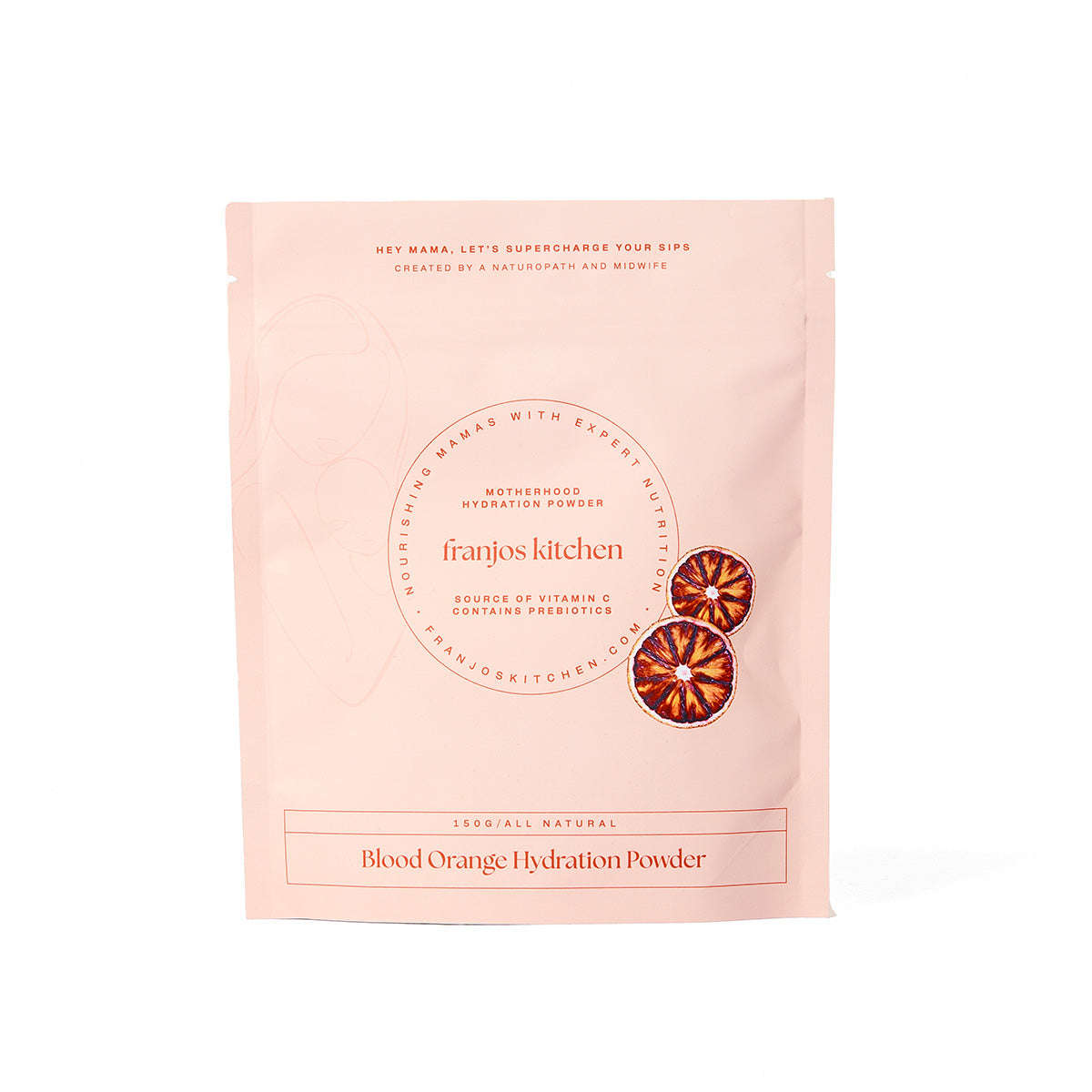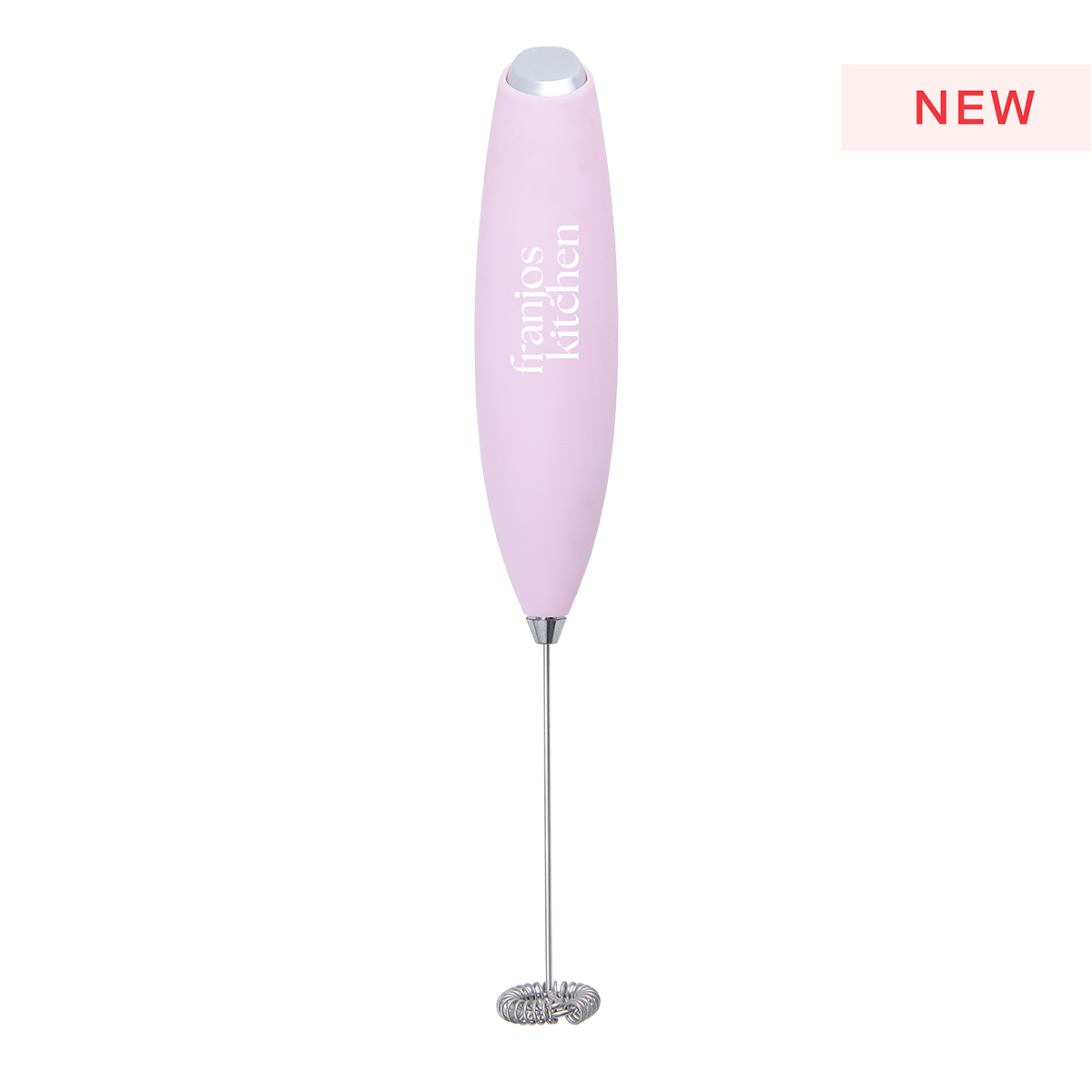The Breastfeeding Series Part 2
How to breastfeed comfortably for both mother and baby
Following on from Part 1, we now introduce Part 2 –
How to breastfeed comfortably for both mother and baby
Every mother and baby combination is unique, and there is no single way to breastfeed that is right for everyone. Research into babies’ instinctive feeding reflexes and behaviours has informed us over recent years. We now understand how to enable babies to feed in the most comfortable way for themselves and their mothers, and to optimise milk transfer in the process. I emphasise the following information is provided to guide the process of learning to breastfeed comfortably and successfully, and mothers can adapt their personal method to suit their own anatomy and their baby’s individual preferences, which will change as they grow.
Skin to skin and breast crawl
This is the starting point of the intimate relationship between mother and baby, but it is much more than a lovely fuzzy-feeling thing to do. Skin to skin contact with baby laid on mother’s bare chest is the natural protective ‘habitat’ of the newborn baby, and this positioning switches on baby’s brain-waves to instinctively search for the breast. Baby begins by lifting his head, bobbing and stroking his face and cheeks on her skin, and with upper body movements and perhaps crawling motions of his legs and feet, he begins wriggling purposefully towards a breast. The mother instinctively gives baby gentle support of his body, and when his chin comes in contact with the breast tissue under the nipple, he will gape his mouth widely with his tongue down and forward, and “launch and latch” to the breast.
This is an inborn ability that all well newborns can demonstrate when given the opportunity and environment. In the early hours and days of life babies do best if they are cuddled frequently in skin to skin contact, and this will enhance the baby’s instinctive responses and the mother’s breastfeeding skill development. Beginning breastfeeds with a breast crawl will ensure baby is ready and natural feeding reflexes are ‘switched on’. Mother can help baby to attach to the breast however she finds works best for her baby and her own comfortable breastfeeding experience.
Positioning Baby to Breastfeed
Start by unwrapping your baby. His hands should be free to move naturally as part of his instinctive feeding behaviours. Baby needs to be calm to breastfeed. The Mother can be sitting upright, or leaning back and comfortably supported if she prefers a laid-back position. The mother’s breast should be allowed to fall naturally, but large breasted women may need to roll up a face washer or small towel and place it under the breast to support it if it is very heavy.
Baby’s hip is positioned towards Mum’s hip which puts baby at a 45 degree angle across Mum’s body. Baby’s whole body should be facing Mum’s body. Baby is supported securely against her body with her hand flat and firm across baby’s shoulders as she lifts him upwards towards her breast, closing the gap between her chest and baby’s chest. As baby approaches the breast from underneath he will instinctively tilt his head back. This is the part which often worries parents, believing they must hold baby’s head. Baby can be securely supported over the shoulders and body without holding his neck or the back of his head even with one finger. Having baby’s head free to move is safe, and allows baby to follow his instincts to latch most effectively.
Attaching Baby to Breastfeed
With baby positioned as described above, snuggle baby close so his chin touches the breast below the areola. It is the chin being in firm contact with the breast (not just nearby) that triggers baby’s reflex to gape widely and to “launch andl atch”. As baby’s head is tilted back so his chin contacts the breast the mother shapes the areola and nipple, poised waiting for baby to gape his mouth open wide, with his tongue down and forward. As baby gapes she hugs baby closer to her breast folding the areola and nipple into baby’s mouth, and keeps that position momentarily as baby draws the breast tissue and nipple into his mouth and begins sucking. When the mother feels he has established the latch she can gently take her hand away from the breast, and rest her arm under baby’s back or shoulders.
Having the baby’s head tilted back enhances how widely baby can gape, enabling him to take a maximum amount of breast tissue. This ensures optimal milk transfer and the most comfortable latch for baby and for mum. Some of the areola may be visible above baby’s top lip, but all of the areola below the nipple will be inside baby’s mouth. The baby’s head should never be held or pushed, even after latching successfully. Mothers sometimes do this to maintain the attachment, but it is unnecessary if baby is held firmly over the shoulders keeping the chin planted deeply into the breast, and with his body securely supported against mother’s body. Babies resent having their head held as it is uncomfortable for them, and they resist head restriction by arching their body away from the breast during or shortly after attaching. To see a detailed explanation about how baby latches to breastfeed view the excellent YouTube video “Latch on” www.ameda.com
Most importantly the breastfeeding experience should be comfortable for both mother and baby. If the latch is painful for the mother she must detach baby and try again until she achieves a comfortable attachment. The nipple should look the same shape after the breastfeed as before it. If the nipple looks flattened, ridged or pointed after the breastfeed the baby has not had enough breast tissue in his mouth. The nipple has been compressed against the roof of baby’s mouth and the nipple will soon become sore and injured. It is best to seek expert help from a Midwife or Lactation Consultant as soon as possible if you are experiencing breastfeeding problems.
Part 3 of this series will explain how to know baby is getting enough breastmilk, and how feeding patterns change as baby grows.
This is an excerpt from New Baby 101 – A Midwife’s Guide for New Parents which includes a video “How to Breastfeeding Your Baby” The eBook is available from the author’s website www.newbaby101.com.au and New Baby 101 is also available as an App for your smartphone via Google Playstore and iTunes Appstore.
Follow New Baby 101 on Facebook https://www.facebook.com/newbaby101 to keep up with everything educational and fun about Mums and Bubs.



